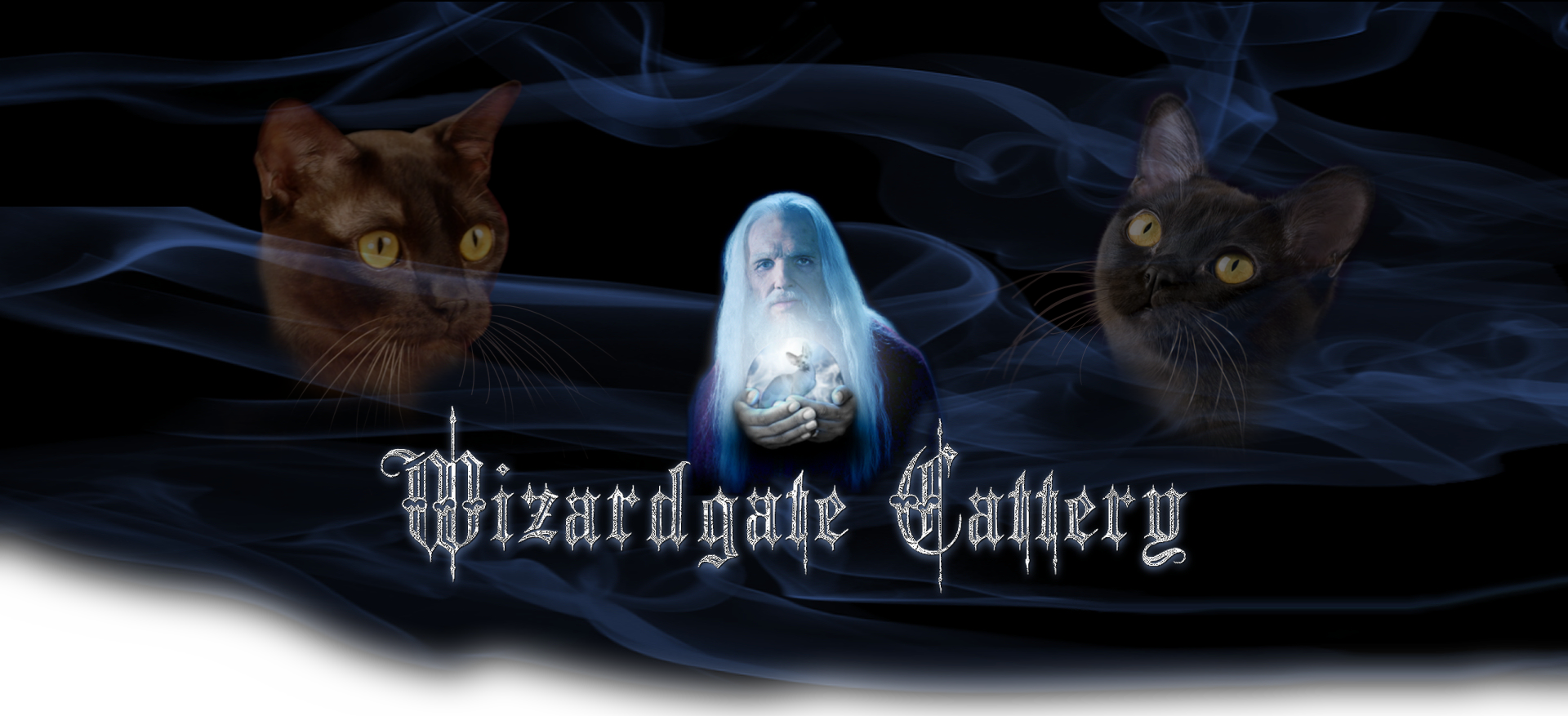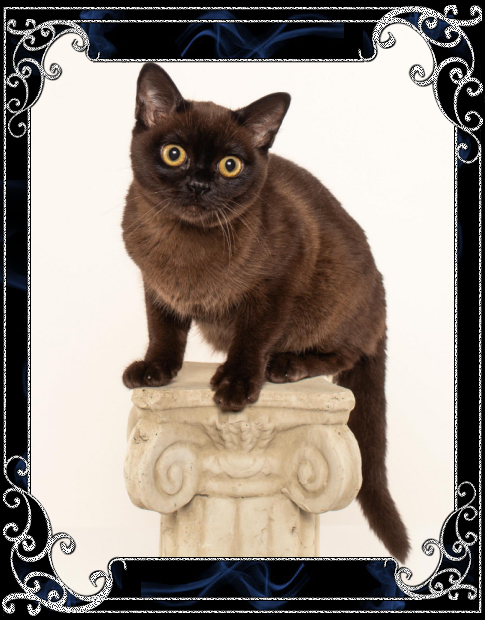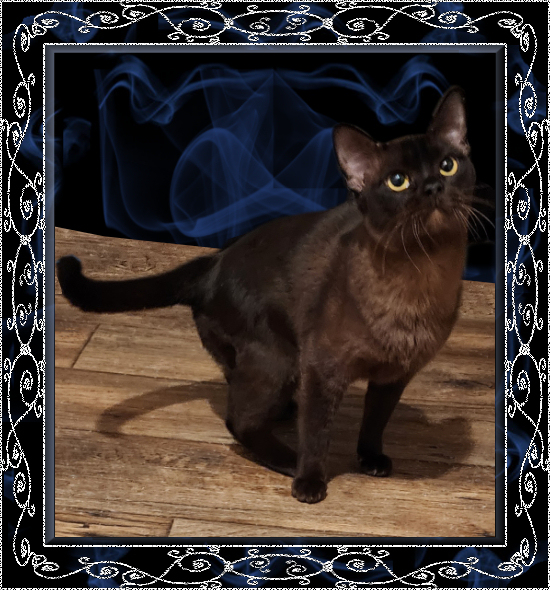

Burmese cats are affectionate, intelligent, and social companion animals known for their playful nature and tendency to form strong bonds with their owners. They have a short, easy-to-groom coat in various colors like sable, champagne, blue, and platinum, and come in two body types: the stockier, rounded American style and the more slender, wedge-shaped British style. These cats thrive on interaction and can become stressed without sufficient mental and physical stimulation.
Personality and Temperament
Affectionate and social: Burmese cats are very people-oriented and often follow their owners around, wanting to be involved in whatever they are doing. They are a great choice for families and can get along well with children and other pets.
Playful and Intelligent: They are intelligent and playful, enjoying games like fetch and interactive toys. To prevent boredom, they need owners who can provide plenty of stimulation and enrichment.
Vocal: They are known to be vocally expressive, sometimes "talking" to their owners to get attention.
Appearance and Types
Body types: There are two main types: the American (contemporary) with a stocky build, round head, and short muzzle, and the British (traditional) which is more slender with a wedge-shaped head.
Coat and color: They have a short, silky coat that requires minimal grooming. While originally a deep brown, they are now recognized in several colors, including sable (rich brown), champagne (warm beige), blue (medium gray), and platinum (pale gray).
Eyes: Their eyes are typically yellow, though they may appear pale green.
Health and Care
Lifespan: The average lifespan is 12-16 years, but some can live even longer with proper care.
Potential health issues: Burmese cats are generally healthy but can be prone to certain conditions, such as hip dysplasia and respiratory issues.
Diet: A balanced diet of high-quality food is important to maintain their health.
Grooming:Their short, silky coat is low-maintenance and only requires occasional brushing.
History
Origin: The breed originated in Burma (modern-day Myanmar).
Development in the US: The breed was developed in the United States in the 1930s after a cat named Wong Mau was brought from Burma to San Francisco.

Our Males
Kattehula's Ibai of Wizardgate
Click on the picture to view the Pedigree


Wizardgate Banshee
Click on the picture to view the Pedigree


Our Females
Anakha Vesper of Wizardgate
Click on the picture to view the Pedigree


Kattehula's Ina of Wizardgate
Click on the picture to view the Pedigree


CH Tetrua Tatiana of Wizardgate/ID
Click on the picture to view the Pedigree


RW QGC Seasedge Cordelia of Wizardgate
Click on the picture to view the Pedigree


Anael's Soul Beatris of Wizardgate
Click on the picture to view the Pedigree

